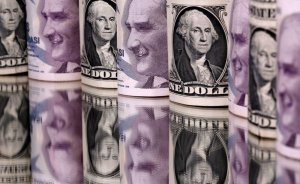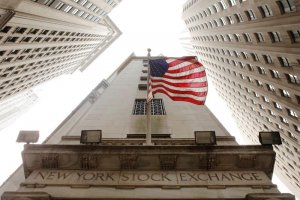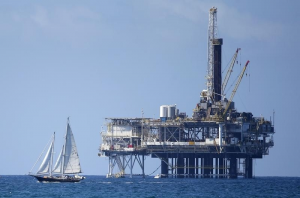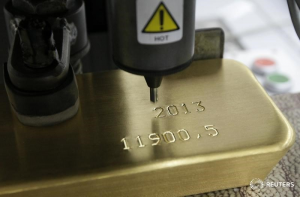Federal Reserve officials are likely to stick to a wait-and-see approach to future interest rate decisions, as the central bank grapples with uncertainty around the inflationary impact of U.S. President Donald Trump’s aggressive tariff agenda, according to analysts at Deutsche Bank.
In a note to clients, the brokerage predicted that the Fed will not resume its now-paused rate-cutting cycle until December, followed by two additional reductions in the first quarter of 2026.
The analysts led by Amy Yang estimated that borrowing costs will be brought down to a neutral level -- a theoretical rate that neither helps nor hinders economic activity -- of 3.625%.
Deutsche Bank’s projections come as markets are all but pricing in no action by the Fed at its June and July meetings. CME Group’s (NASDAQ:CME) closely-monitored FedWatch Tool suggests there there is a 54.7% chance the Fed ratchets rates down by a quarter of a percentage point in September.
The central bank has recently left rates unchanged at a range of 4.25% to 4.5%, partly citing uncertainty around the impact of Trump’s tariffs on inflation and employment.
Economists have warned that Trump’s sweeping duties could drive up prices and weigh on activity in the world’s largest economy. Yet recent data, including a stronger-than-anticipated reading of U.S. employment in May, has bolstered arguments that the wider economy may be resilient in the face of headwinds from the tariffs.
Figures this week are set to provide a fresh glimpse into the trajectory of inflation.
The Labor Department’s consumer price index for May is tipped to speed up slightly to 2.5% from 2.3%, while the month-on-month gauge is expected to match April’s pace of 0.2%. Cutting out more volatile items like food and fuel, the index is seen edging up to 2.9% year-over year and 0.3% on a monthly basis. Following the release of the numbers on Wednesday, further data points are due out that track producer prices and consumer expectations for inflation in the months ahead.













